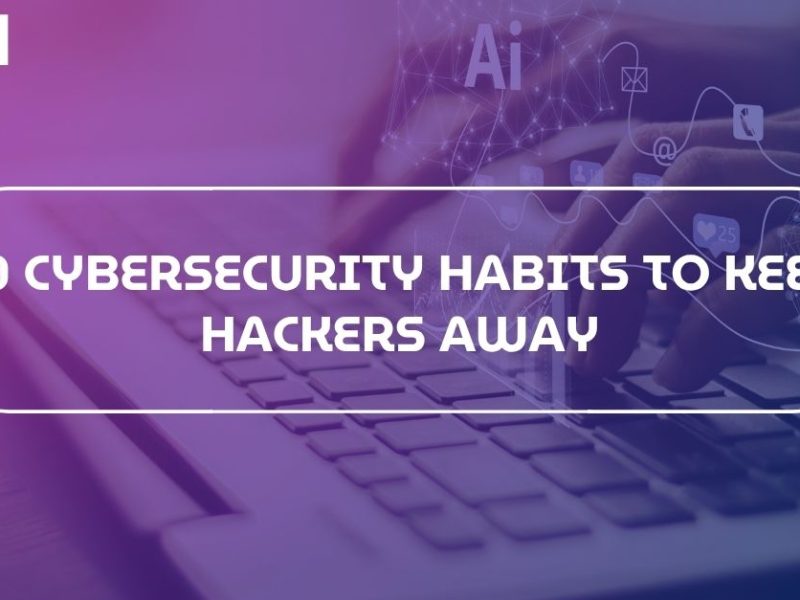
Are you receiving emails containing QR codes? Be cautious!
In an era dominated by digital communication, email scams have become increasingly sophisticated, and the latest trend involves the use of QR codes. While QR codes are commonly used for legitimate purposes, cybercriminals are exploiting them to carry out fraudulent activities. In this blog post, we’ll explore the risks associated with receiving emails containing QR codes and discuss precautionary measures to stay safe in the digital landscape.
Accept the inevitable or scan the QR code
This type of email usually comprises a reminder that your account password is about to expire and that you will no longer be able to access your inbox. You need to reset your password, so you must scan the QR code in the email and follow the instructions.
The receiver of another email can be alerted that their “authenticator session has expired today.” The user is instructed to “rapidly scan the QR Code below with your smartphone to re-authenticate your password security” to prevent this. If not, you can lose access to the mailbox.
The Rise of QR Code Scams
QR codes, with their quick and convenient functionality, have found widespread use in various industries. However, cybercriminals are quick to adapt and have identified QR codes as a new avenue for their deceptive practices. Emails containing QR codes may appear innocuous at first glance, but they can lead to serious security threats.
What occurs when the email’s QR code is scanned?
Naturally, any credentials submitted on these phishing pages fall into the hands of cybercriminals. Furthermore, this puts consumers’ accounts at risk who fell for similar scams.
It’s interesting to know that certain phishing URLs in QR codes lead to IPFS websites. The file-sharing communication mechanism known as IPFS, or InterPlanetary File System, has many traits with torrents. It allows you to upload any file to the internet without requiring domain registration, hosting, or other complicated processes.
Put otherwise, the phishing page resides immediately on the phisher’s machine and may be accessed via a link that passes via a unique IPFS gateway. Because phishing pages are considerably easier to post and far more difficult to delete than “regular” malicious websites, phishers employ the IPFS protocol. Consequently, the bonds last longer.
How the Scam Works
Emails Appearing Legitimate: Scammers often craft emails that mimic legitimate communication. They may pose as reputable organizations, banks, or even government agencies to gain the recipient’s trust.
Compromised QR Codes: The QR codes embedded in these emails, when scanned, can lead users to malicious websites, and phishing pages, or prompt the download of malware-infected files.
Social Engineering Tactics: Cybercriminals leverage social engineering tactics to manipulate recipients into scanning the QR codes. They may create a sense of urgency, claiming the QR code contains important information, discounts, or exclusive offers.
Risks and Consequences
Data Theft: Scanned QR codes may redirect users to fake websites designed to steal login credentials, personal information, or financial details.
Malware Installation: QR codes can be a vector for malware, leading to the installation of harmful software on the user’s device, and compromising its security.
Phishing Attacks: Users may unknowingly divulge sensitive information on fraudulent websites, falling victim to phishing attacks initiated through QR code scams.
Stay Vigilant and Protect Yourself
Verify the Source: Before scanning any QR code received via email, ensure that the sender is legitimate. Double-check email addresses and verify the authenticity of the message.
Avoid Unknown QR Codes: Refrain from scanning QR codes from unfamiliar or unexpected sources. Legitimate organizations will typically provide context and information regarding QR code usage.
Use a Secure QR Code Scanner: If you decide to scan a QR code, use a reputable and secure QR code scanner application. Be cautious of random or third-party scanner apps.
Enable Two-Factor Authentication (2FA): Enhance your account security by enabling 2FA wherever possible. Even if login credentials are compromised, this adds an extra layer of protection.
Educate yourself and others: Stay informed about the latest phishing and scam tactics. Educate yourself and your peers about the risks associated with QR codes in emails.
Protegent’s Role in Phishing Protection
Protegent, a robust cybersecurity solution, plays a crucial role in safeguarding against phishing QR codes. Here’s how you can leverage Protegent for enhanced protection:
- Real-time Threat Detection: Protegent employs advanced threat detection mechanisms to identify and thwart phishing attempts in real time. This includes scanning QR codes embedded in emails to prevent users from falling victim to deceptive schemes.
- Email Security: Protegent enhances email security by scrutinizing incoming emails for potential phishing threats. It employs sophisticated algorithms to detect phishing attempts and malicious QR codes, providing an additional layer of defense against email-based attacks.
- Secure Web Browsing: To protect users from inadvertently visiting phishing websites through QR codes, Protegent Total Security ensures secure web browsing. It blocks access to malicious sites, preventing the execution of harmful scripts or downloads associated with phishing QR codes.
- Regular Security Updates: Protegent keeps its threat database up-to-date with the latest cybersecurity intelligence. This proactive approach ensures that the antivirus software remains effective against evolving phishing techniques, including those involving QR codes.
- Educational Resources: Protegent goes beyond conventional cybersecurity measures by offering educational resources. Users are informed about the risks associated with phishing QR codes, empowering them to make informed decisions and avoid falling prey to cyber threats.
Best Practices for Guarding Against Phishing QR Codes
In addition to leveraging Protegent’s protective features, here are some best practices to enhance your defense against phishing QR codes:
Verify the Source: Before scanning any QR code, ensure that it comes from a trusted and legitimate source.
Use Secure QR Code Scanners: Ensure you have Protegent Total Security Software and it is recommended to have a reputed QR code scanner app to ensure security during code scanning.
Stay Informed: Regularly update yourself on the latest phishing tactics and cybersecurity best practices to remain vigilant.
Report Suspicious Activity: If you encounter a suspicious QR code or email, report it to your IT department or relevant authorities.
Conclusion
Guarding against phishing QR codes requires a multi-layered approach, and Protegent is a valuable ally in this endeavor. By combining Protegent’s advanced total security features with user awareness and best practices, individuals and organizations can fortify their defenses against the evolving threat landscape. Stay informed, stay protected, and let Protegent be your shield against phishing attacks in the digital realm.




